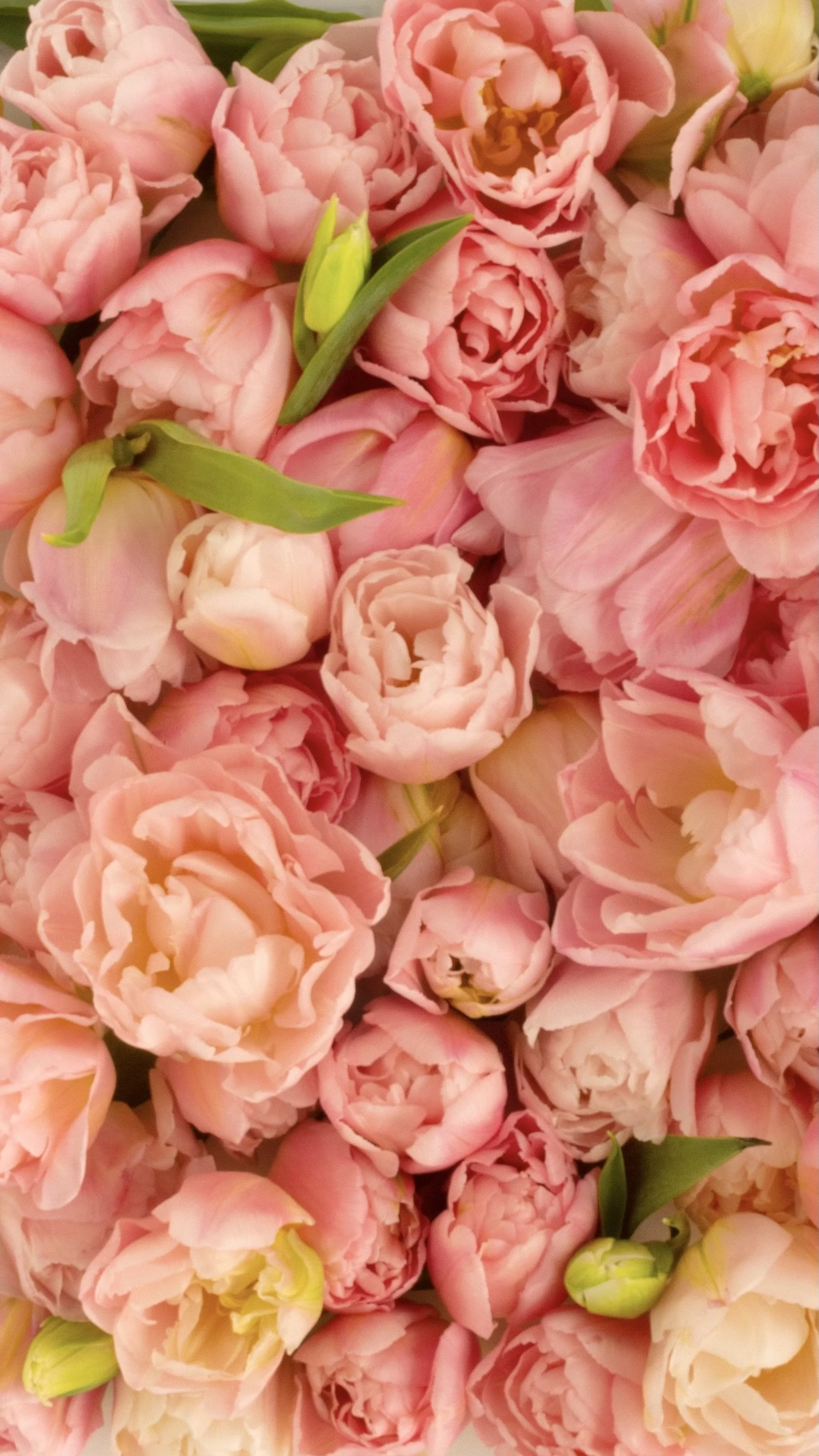How the Bouquet Blueprint™ Works: Balancing Blooms, Beauty, and Budgets
Beautiful floral combinations come from incorporating six different flower types (technically, five, plus foliage) in the right ratios. Each flower type plays a unique role in the bouquet, contributing to the overall design, balance, and texture. If you’re new to these ingredients, reference the The Bouquet Blueprint™ framework as you read through this blog!
The Bouquet Blueprint™: Recipes for Success
The key to the Bouquet Blueprint™ lies in its flexible recipes, which adhere to an optimized ratio of the different flower types, but still allow for flexibility. To make the Blueprint easy to implement, we’ve created foundational recipes in three different sizes. These "Bouquet Blueprints," incorporate an optimized number of each flower type and are adapted to each season, to accommodate the changing availability of flowers.
Small, medium and large-sized bouquets – all in the same Signature Sweet Piedmont “Semi Precious” color palette – made according to the Bouquet Blueprint™. The smallest bouquet has 12 total stems, the medium one has 20, and the largest incorporates 30 total stems (including foliage).
Advanced applications of the Bouquet Blueprint™ include automations that simplify what we currently do with complex spreadsheets. Soon, you’ll be able to access the perfect recipe for what’s growing in your fields right now with the touch of a button. We’re excited to be developing a tool that will make this process even easier for you!
Flexible Florals: Adapting to What’s in Bloom
You’re probably thinking, “But as a flower farmer, I can’t always order the perfect number of each flower type for my bouquets.” Unlike a traditional florist who can place an order with a wholesaler (or hopefully, they’re placing those orders with local flower farmers or farmer collectives) to get exactly what they need, flower farmers must work with what’s available in their fields.
That’s what sets the Bouquet Blueprint™ apart from other systems available in the market today—it’s designed specifically for flower farmers and farmer-florists who need to maximize the value of their crops. The ratios in the Blueprint aren’t rigid rules; they’re flexible guidelines, helping you adapt your designs to whatever blooms are available.
For example, if you’re short on focal flowers, you can adapt by using larger foundation flowers to take their place. In summer, for instance, some of our zinnias grow massive heads with multiple layers of petals, making them perfect as a focal flower. On the other hand, zinnias that produce tiny flower heads can be used as floaters. The Blueprint is about achieving harmony in your arrangements, not strict adherence to a formula.
Zinnias from the Floret Originals collection come in all different sizes.
Cost-Conscious Creations: Why Stem Cost Matters
The Bouquet Blueprint™ isn’t just about flower types—it’s about balancing beauty with cost. You could create the most stunning bouquets, but if they’re priced too low, you’ll struggle to sustain your farm.
That’s why our Blueprint incorporates pricing considerations. For example, a peony bloom, the quintessential focal flower of late spring, is more expensive than a tulip (an early spring focal flower). The Blueprint adjusts the ratios to reflect these seasonal price differences, helping you create beautiful bouquets while maintaining profitability. The ability to flexibly adjust for costs throughout the year is crucial to making sure your farm thrives, not just survives.
Even double tulips, like the “Dreamer” variety, left, are a fraction of the cost of a peony bloom.
In advanced applications of the Bouquet Blueprint™, formulas integrated into complex spreadsheets allow us to adjust for the exact mix of flowers harvested at any time. We are working to transform these mathematical processes into an intuitive, easy-to-use tool. Join our newsletter to stay updated!
Closing the Loop: A Blueprint for Growth
The Bouquet Blueprint™ is more than just a recipe—it’s a tool designed for flower farmers who want to create beautiful, marketable bouquets without sacrificing profitability. Whether you’re just starting with floral design or are an experienced farmer-florist, the Blueprint simplifies your workflow, letting you focus on creativity instead of guesswork.
By balancing aesthetics with cost, the Blueprint ensures that your bouquets aren’t just visually stunning but also sustainable, laying the foundation for growth and success in a competitive marketplace.
WORKBOOK: THE BOUQUET BLUEPRINT™
Wanting a step-by-step guide to irresistible, high-end bouquets? Our Bouquet Blueprint™ Workbook covers that and more, including seasonal crop planning to recipes and ratios, from done-for-you calculators to diagrams about how to assemble a beautiful, balanced bouquet. By the time you’ve completed this Workbook and utilized the several high-value tools within (like the Plan & Harvest Calculator… or the Bouquet Blueprint™ Recipe Tables), you’ll be equipped to create beautiful, balanced bouquets that you are proud of and that will sell!






